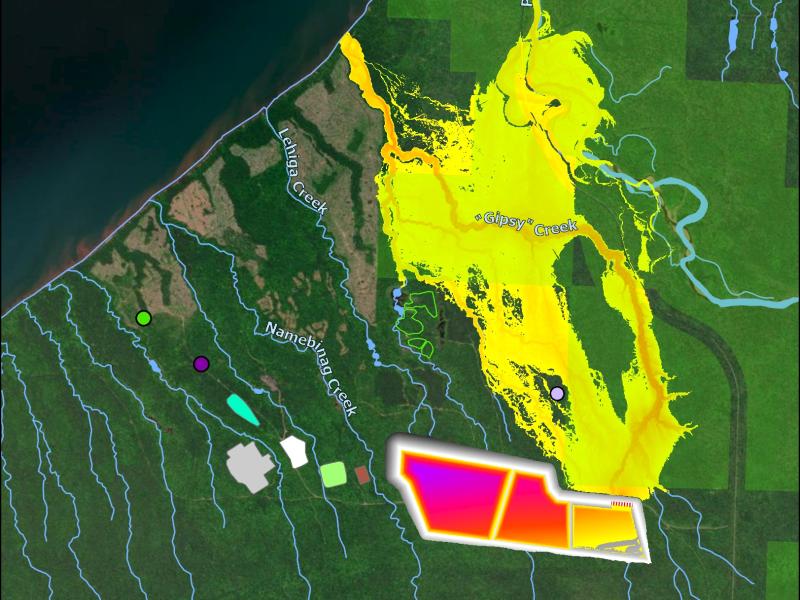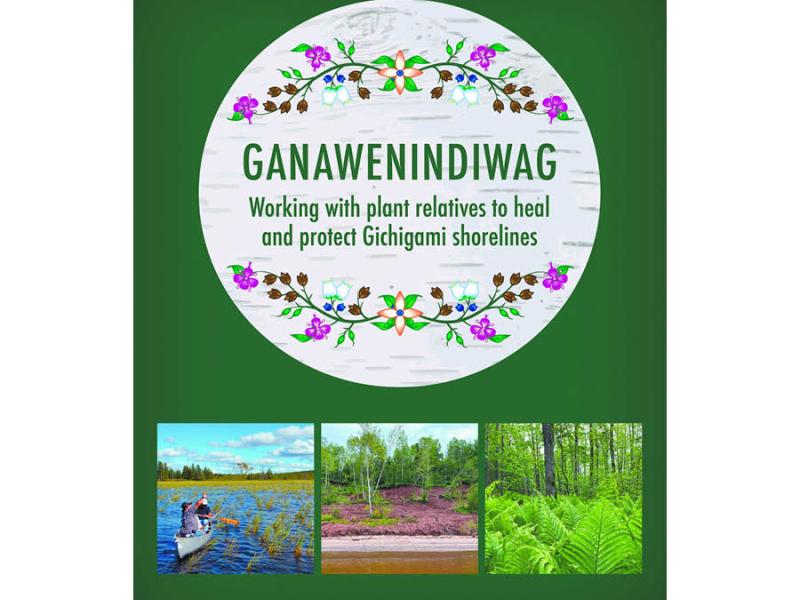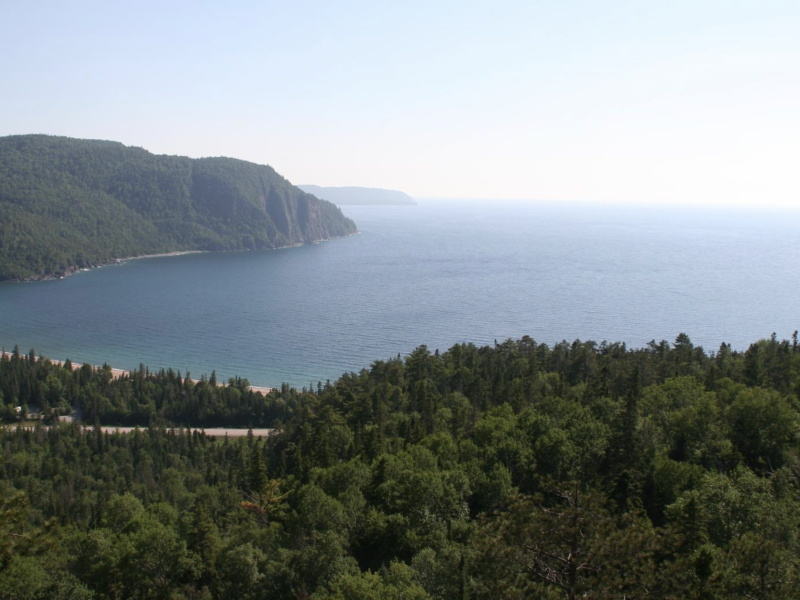The Great Lakes and their connecting channels form the largest fresh surface water system on earth, hold 1/5 of the world's freshwater supply, are home to millions of people, plants and animal beings. For the Great Lakes Ojibwe, the Great Lakes have been their home since a prophecy led them to find the place where "food grows on the water."
The resulting westward migration ended in the western Great Lakes basin, where manoomin was abundant. As the original caretakers of the lands and the waters, the Anishinaabe lifeways are intrinsically tied to the health of the waters and ecosystems of the Great Lakes.
GLIFWC's Great Lakes program works to ensure that the Ojibwe perspective is in the room when decisions are made that could impact the health and sustainability of the Great Lakes and their ecosystems. Below are a few of the ongoing management bodies with which GLIFWC staff work closely.

The GLRI supports the protection and restoration of the Great Lakes basin by supporting projects undertaken by tribes, states and local governments as well as creating a structure through which these governments collaborate - increasing efficiency and mutual support to address the priorities of each of the lakes. Through the Distinct Tribal Program, tribes work closely with the Bureau of Indian Affairs and the EPA's Great Lakes National Program Office to ensure that tribes are able to pursue their highest priorities while meeting the goals and benchmarks of the GLRI Action Plan.
"Assessments show as many or more fish as there were prior to an invasion of sea lamprey." By Danielle Kaeding. November 20, 2024
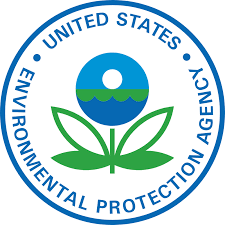
While the United States and Canada are the Parties to the Agreement, the Agreement calls for the creation of a Great Lakes Executive Committee (GLEC) to provide advice and recommendation to the Parties in their implementation of the Agreement. Made up of senior-level managers of Tribes, First Nations, States, Provinces and others from around the basin, the GLEC meets twice a year to hear reports from the Parties and discuss implementation.
Under the Agreement, the Parties regularly release State of the Great Lakes Reports and Progress Reports of the Parties to provide updates on Agreement implementation.
The Agreement is implemented through ten issue-specific annexes that have subcommittees made up of technical experts from around the Great Lakes basin. Each of the Agreement’s 10 Annexes is co-led by one representative from each country. Further, a sub-committee may establish focused task teams to involve key federal, state/provincial, or local partners on specific projects or activities.
Through the Science Annex of the 2012 Great Lakes Water Quality Agreement, Canada and the United States have committed to:
“…contribute to the achievement of the General and Specific Objectives of this Agreement by enhancing the coordination, integration, synthesis, and assessment of science activities. Science, including monitoring, surveillance, observation, research, and modeling, may be supplemented by other bodies of knowledge, such as Traditional Ecological Knowledge.”
GLIFWC staff participate in several of these annexes, including those dealing with Aquatic Invasive Species and Chemicals of Mutual Concern.
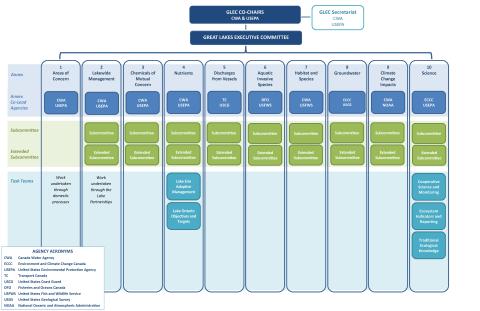
GLIFWC staff also participate in the Science Subcommittee, including the Traditional Ecological Knowledge Task Team, which focuses on supporting the interaction of TEK on all work under the Agreement. TEK Resources for the Agreement can be found in regularly-published storymaps.
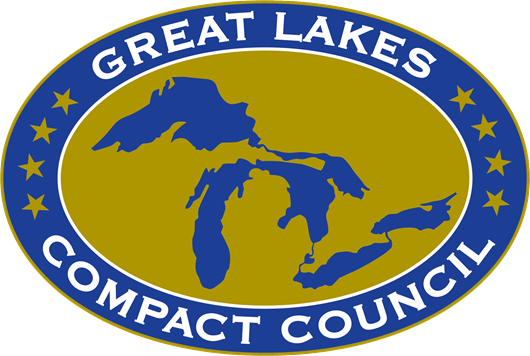
The Great Lakes and the St. Lawrence River Basin comprise the world’s largest source of surface fresh water.
This water is one of North America’s most important natural resources. It must be protected.
That is why the Governors of Illinois, Indiana, Michigan, Minnesota, New York, Ohio, Pennsylvania, and Wisconsin, have partnered together to ensure these waters thrive. The Conference of Great Lakes and St. Lawrence Governors and Premiers serves as Secretariat to both the Regional Body and Compact Council.
Since 2008, the States have worked together to enact laws that protect this water, and continue to coordinate their work through the Great Lakes—St. Lawrence River Basin Water Resources Council.
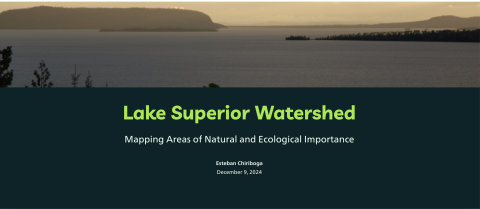
Lake Superior Partnership Working Group Mission statement:
"To protect, maintain, and restore high-quality habitat sites in the Lake Superior Basin and the ecosystem processes that sustain them. Land and water uses should be designated and located compatible with the protective and productive ecosystem functions provided by these natural landscape features"
For more information, contact Great Lakes Program Coordinator, Jen Vanator. Madison office.
Preliminary Dam Breach Inundation Analysis for the Copperwood Project Scott Cardiff, John Coleman, and Esteban Chiriboga July 2024
Ganawenindiwag (they take care of each other in Ojibwe) empowers users to grow, promote, and use plants adapted to coastal areas of Gichigami (Lake Superior) to heal and protect shorelines which may have experienced erosion from storms and changing water levels.
"Traditional Ecological Knowledge" and "Indigenous Knowledge" are not necessarily terms to be used interchangeably -- there are nuances and depths to each.
